Sunglasses may be one of the most difficult pieces of cycling gear to choose. For one, you need something thatÔÇÖs protective on windy descents yet resists fogging during hard efforts. The frame shape and temple design must harmonize with your helmet lest the glasses jounce around or, worse, rub your skull wrong. (If I have one bit of advice, itÔÇÖs to try on shades before you buy. Even the best shades will make you crazy if they donÔÇÖt fit.) And thereÔÇÖs always some hope they might actually look good, though cycling ÔÇťfashionÔÇŁÔÇöskintight fits, gawky helmets, flashy colorsÔÇöis a bit of misnomer.
While you can wear pretty much any pair of shades for mountain or road cycling, I tend toward the added wind protection of bigger, shield-style frames for pavement and lifestyle designs for trails. Over the past few months, IÔÇÖve been testing a slew of new models from across the spectrum. HereÔÇÖs what I loved and what I didnÔÇÖt.
Shields
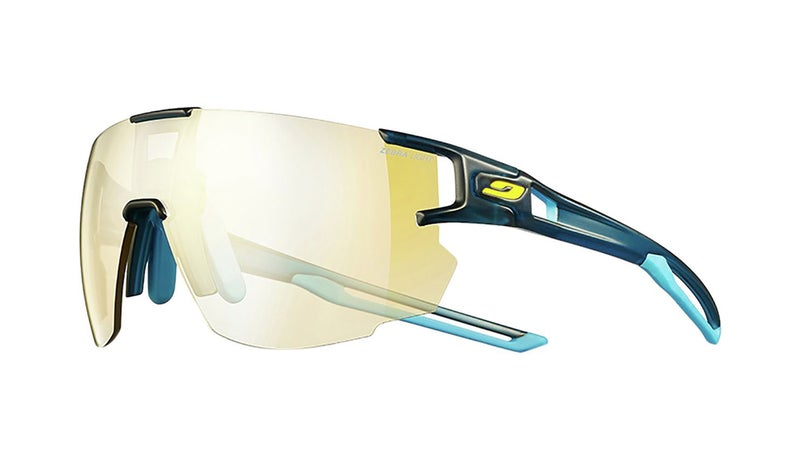
Top Pick: Julbo Aerospeed ($190)
This French company isnÔÇÖt known for its cycling-specific shades, yet I found myself returning to this lightweight, frameless design again and again. The oversize lenses are crafted from NXT, a lightweight, shatterproof, low-distortion plastic originally developed for helicopter windshields. I chose the Zebra Light photochromic version, which changes from clear to dark depending on conditions, eliminating the need for the multiple tinted lenses. The rimless design allowed an unobstructed view all around, and the rubber nosepiece was the most comfortable and adjustable of any I tried. They arenÔÇÖt the most stylish, but for sheer performance and practicality, they canÔÇÖt be beatÔÇöespecially for the price.
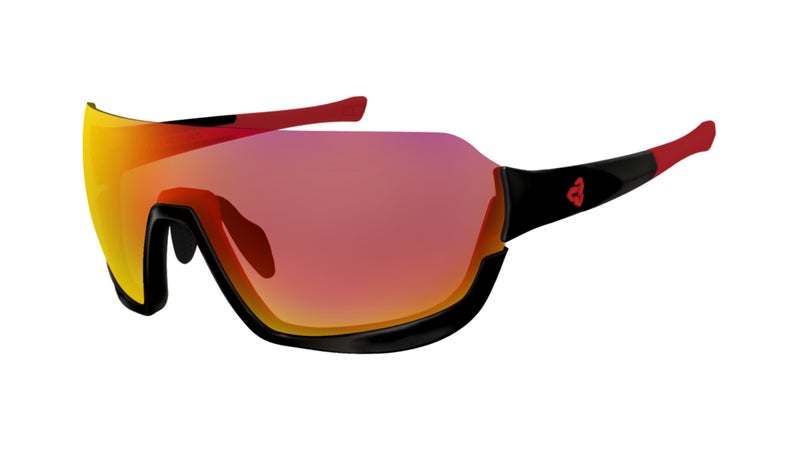
Ryders Roam Fyre ($240)
These shields were a close second to the Julbo shadesÔÇöthey lost out only on priceÔÇöwhich is unsurprising given that their photochromic lens is built from the same material, NXT. The nosepiece is just as adaptable though not quite as soft as the Julbo, but the Roam adds bendable temples, making them easy to adjust to any helmet. The anti-fog coating worked well enough, but the wrap shape, both vertical and horizontal, meant that I got more spatter on these. Given that the bottom rim snaps off, these are like two pairs in one, with the bottom rim providing structure and style for mountain riding and the rimless iteration being optimal for the road.
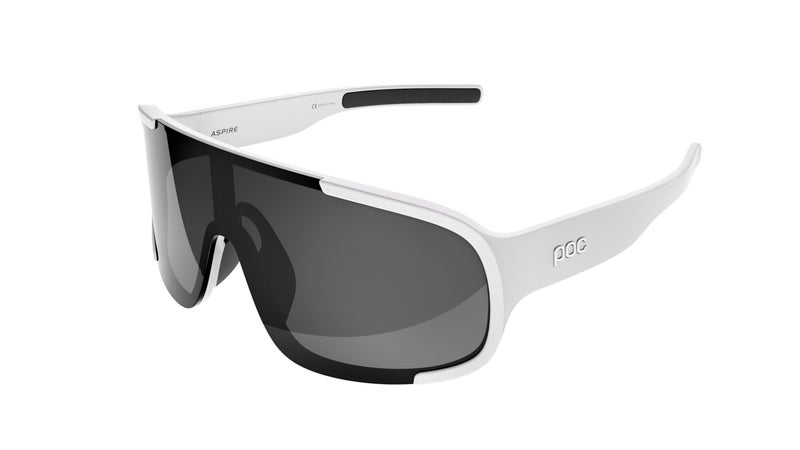
POC Aspire ($220 and Up)
I have a love-hate relationship with these Aspire shades. Every time I put them on, my wife tells me how ridiculous they look. The oversized brown-gold nylon lenses, which are good all-arounders but not exceptionally dark, are indeed distinctive. And yet for all the funny looks these glasses garner, the Aspire provides some of the clearest optics and best wind protection IÔÇÖve ever experienced, courtesy of the Zeiss Vision lenses. The frame sat well away from my face, so fogging and sweat speckling was never an issue, and the hydrophobic temples and nosepiece kept the glasses in place even when I was sweating profusely, though the lack of adjustability made fit tricky. If youÔÇÖre a keen road cyclist who needs lots of coverage, these are worth a look. But when your riding partners start ribbing you, donÔÇÖt say I didnÔÇÖt warn you.
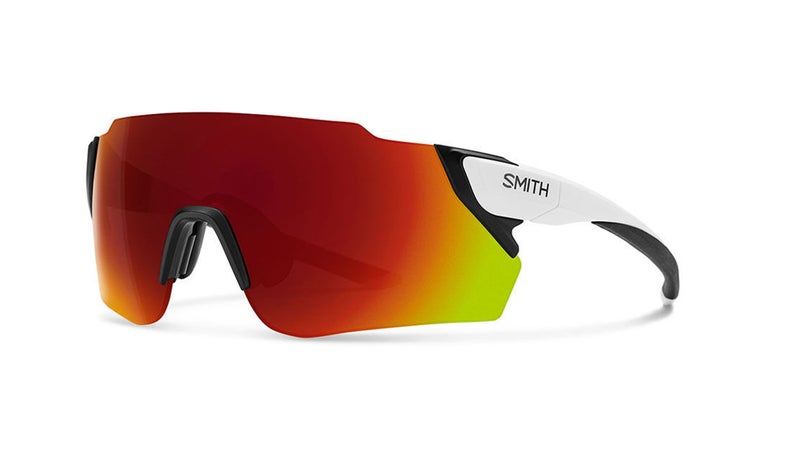
Smith Attack Max ($250)
A new development from the company that pioneered lens-swap shades, SmithÔÇÖs new interchangeable design has magnetic hinges that allow the arms to snap off easily but still hold the frame together, so you avoid scratching or damaging the lenses in a switch. Each Attack Max comes with two sets of lensesÔÇöin my case, a Mirror Red that is optimal for bright light and amplifies color and definition, and a clear lens for rainy days and night riding. Replacement (or additional) lenses can be purchased separately ($89). The massive, rimless shape of the lens provided a clear view even in the deepest tuck and did a great job of blocking the wind. Like the Julbo, these lose points in my book for the Tron-like styling. Still, if you prefer changing lenses to a single photochromic, you wonÔÇÖt find an easier switch system than the Attack Max.
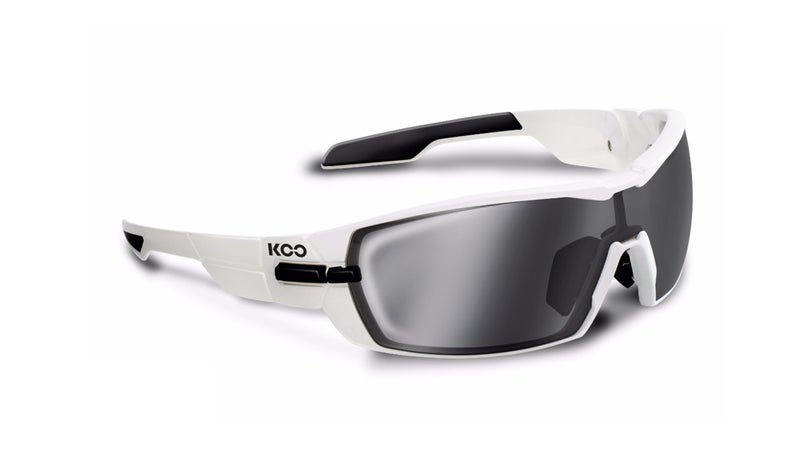
Koo Open ($240)
This new Italian company, an offshoot of the brand that makes Kask helmets, brings both style and technology to the table. Rather than folding closed like standard sunglasses, these arms swivel down and in, flipping into a reversed position so that the curved temples nestle parallel to the curved front frame for slimmer packing. Three detents at the temples allow you to tip out the lenses to mitigate overheating. ItÔÇÖs a cool concept, but I found the glasses so formfitting that they still fogged, even when I rotated the lens to its farthest setting.
The Open comes with two swappable Zeiss-certified lenses, which are sharp and distortion-free. The rubberized, two-position nosepiece made fit adjustments easy, and the hydrophobic temple pieces provided grip. These were heaviest shades in the group, but they are perhaps the best-looking shield-style glasses IÔÇÖve tried.
Lifestyle
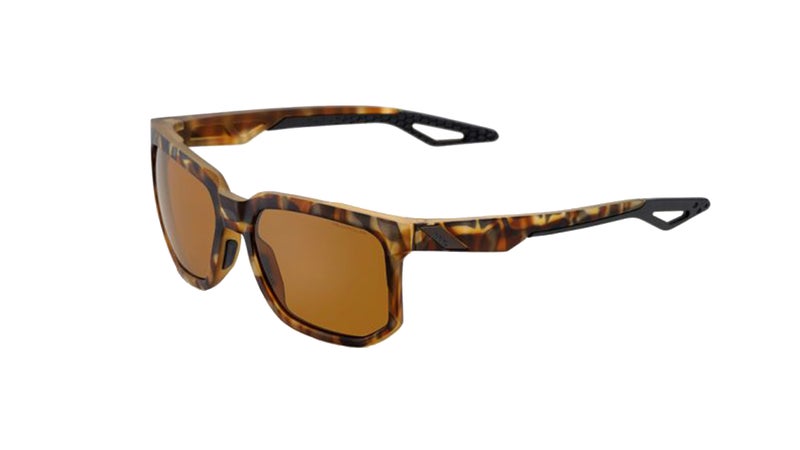
100% Centric ($150)
Though Peter Sagan has put 100% on the radar with his angular, high-tech looking shields, the companyÔÇÖs roots are in the moto world, and its casual frames have the attitude to prove it. These are the best-looking shades I tried, but they also pack a lot of performance cues, with a no-slip Grilamid frame, elastomer nose, temple pads that kept these in place on the rockiest terrain, and high-resolution polycarbonate lenses. The frame shape is bold and big, providing a surprising amount of coverage, though not as much as a wrap frame. Still, IÔÇÖve been wearing these pretty much nonstop, both on the mountain bike and around town. IÔÇÖll never make them look as good as Sagan does, but thatÔÇÖs got nothing to do with the shades.
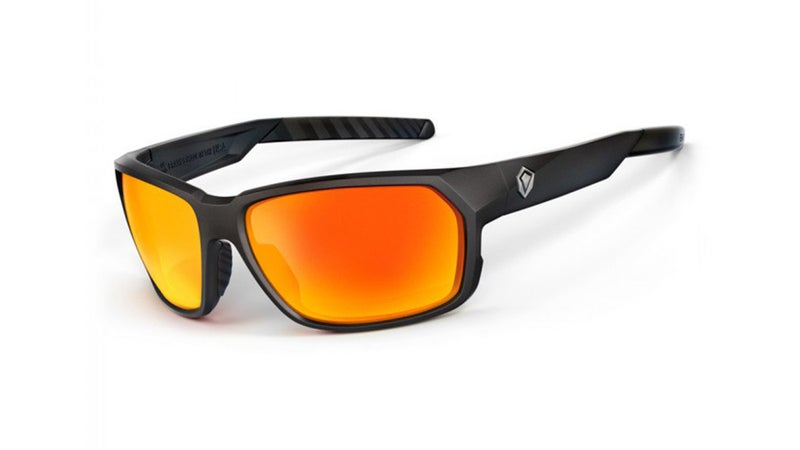
Revant F1L ($155)
Launched as a lens-replacement company in 2010 after owner Jason Bolt got fed up with tossing old sunglasses because there was no fix for scratched lenses, Revant recently unveiled its own line of shades. The company offers a lifetime warranty on everything it builds, with a 20 percent discount on replacement lenses once you buy and 30 percent off new frames should you lose yours.
The most casual of RevantÔÇÖs three models, the F1L is an everyday shade thatÔÇÖs so wrapped and close-fitting that it offers the protection of a shield. The mirrored gray lenses are polarized and can be swapped with one of seven replacements ($54), though itÔÇÖs not an easy switch like the Smiths. Optics are good, if not exceptional, and performance is solid, with nonslip nosepiece and temple grips. Because of the tight fit, however, I had issues with steaming and sweat buildup, which makes me wonder whether the sportier S1L or S2L might not be a better bet for cyclists.
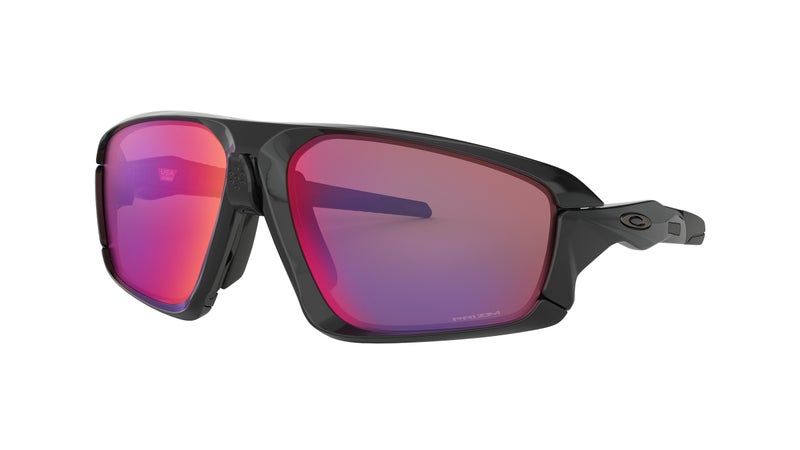
Oakley Field Jacket ($223)
Oakley makes such high-quality sunglasses and lenses that itÔÇÖs impossible to ignore when the company rolls out some new innovation. In this case, itÔÇÖs the Advancer, which comes on the Field Jacket and the more road-oriented Flight Jacket. The Advancer is a simple lever on the nosepiece that, when depressed, angles the glasses away from your face for added ventilation. The feature is similar the Koo OpenÔÇÖs tilt concept, but it works better, probably because the lenses start farther from your face.
The shades also come with Prizm Trail lenses, which I loved for their clarity and definition in variable light conditions, and interchangeable longer and shorter temple arms, which easily snap in and out to guarantee a great fit. Along the with Revant, the Field Jacket is the only prescription-compatible frame here. But while I love the performanceÔÇöno more fogging on steamy climbs but plenty of wind block on the way downÔÇöthese, unfortunately, didnÔÇÖt bowl me over with their half-casual, half-shield styling.


